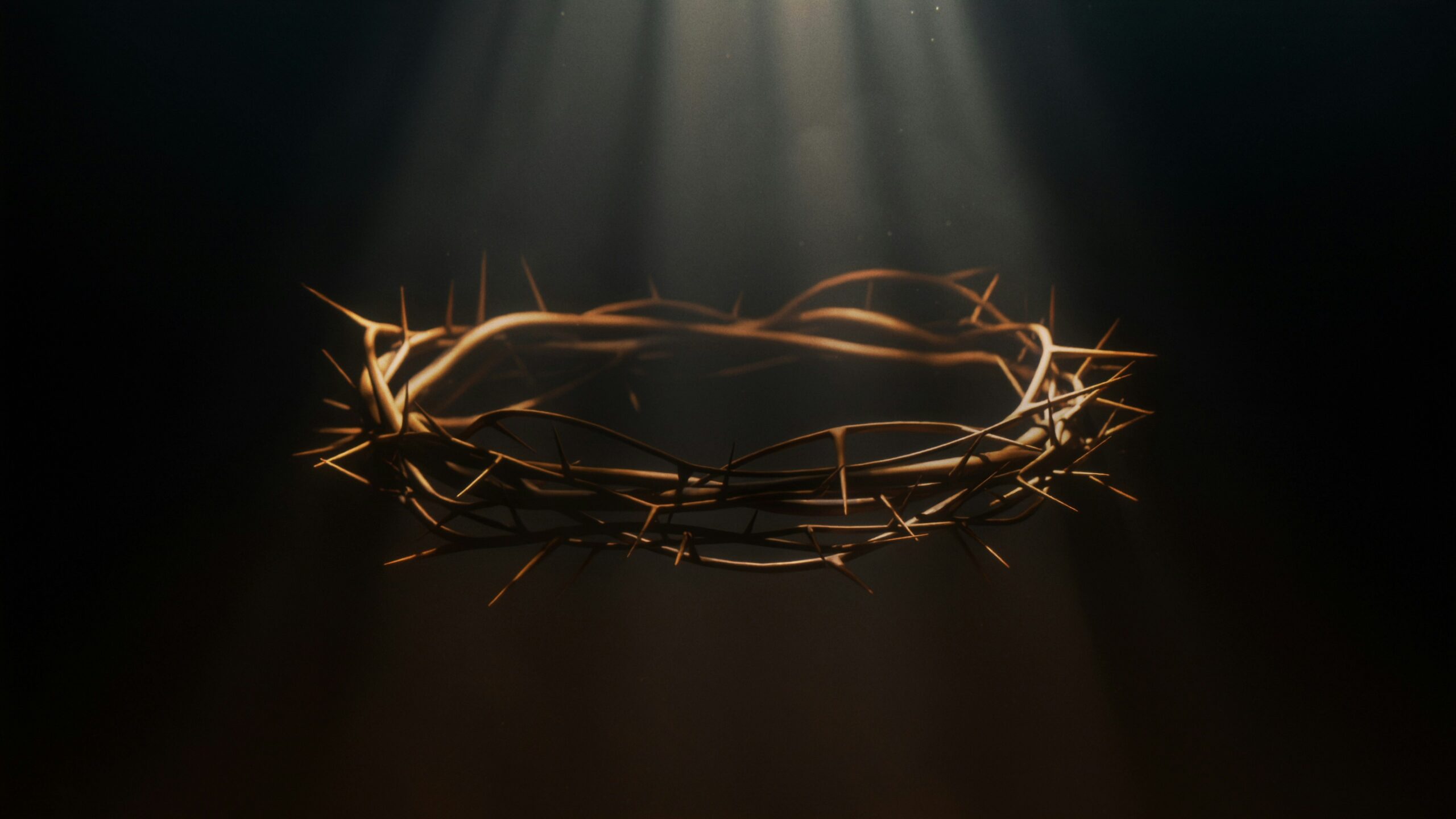

For the past twenty years, we’ve held a Good Friday breakfast at the Country Club of Birmingham. Years ago, one of the attendees brought a friend. Afterward, the guest remarked, “The minister at my church never talks about the things that Richard talks about.” I believe he was referring to the harsh realities of the crucifixion—the blood and the suffering. In other words, he was saying his minister preferred to focus on more pleasant topics.
This reminds me of God’s words in Isaiah 30:9-11 when He says my people are rebellious, they do not like to hear the hard truth. Instead, they want to hear what is pleasant, even if it is an illusion.
Think about the following attributes of God; He is loving, merciful, holy, full of grace, all powerful, just and fair. This is referred to as “the theology of glory.” This is what makes us feel good about God and religion. It does not offend people.
Now consider these Biblical words: sin, wrath, the cross, crucifixion, the blood of Christ, sacrifice, and repentance. This is called “the theology of the cross.” Many find it offensive.
There are many liberal theologies who hate the idea of Christ’s blood paying for our sins. They call such views “slaughterhouse religion.” However, if you remove the cross and Christ’s shed blood from the Christian faith, it becomes meaningless.
In both the Old and New Testaments, God makes it quite clear that the forgiveness of our sins is only possible through the shed blood of an acceptable substitute. Without that substitute, we have to bear our own sins.
Prior to the coming of Christ the Jews performed blood sacrifices with animals. One of the most common animals used to be sacrificed was a lamb. This of course explains why when John the Baptist was baptizing people in the Jordan River and was approached by Jesus, John said, “Behold, the lamb of God who takes away the sins of the world.” He was declaring that Jesus would become the ultimate sacrifice.
Author Jill Carratini captures the significance of this so beautifully with these words:
When Christianity speaks of Christ as the Lamb of God, it is meant to be a description that moves well beyond symbolism. Christ is the Lamb whose blood cries out with enough life and power to atone every sin, every shortfall, every evil and depravity of the world. He is the Lamb who comes to the slaughter alive and aware, on his own accord, and with his blood covers our deep need, moving us forever into the presence of God. There is life in the blood of Christ; there is power, and he has freely presented it. “I tell you the truth,” Jesus said to a crowd that would understand the concept, “unless you eat the flesh of the Son of Man and drink his blood, you have no life in you.” (John 6:53).
Considering Christ’s body and blood, the elements of the Lord’s Supper, or the story of Jesus being led to the cross, do you see someone very much alive, bleeding, and conscious? “When they hurled their insults at him,” writes Peter, “he did not retaliate; when he suffered, he made no threats. Instead, he … bore our sins in his body on the tree, so that we might die to sins and live for righteousness” (1 Peter 2:23-24). The Christian story tells of a time when we will bow before the slain Lamb who stands very much alive, though bearing the scars of our atonement. The Lamb of God is not dead and buried, but alive, beckoning a broken world to his wounded side, offering the life and power of his blood.
Richard E Simmons III is the founder and Executive Director of The Center for Executive Leadership and a best-selling author.
Add grace and understanding to your day with words from Richard E. Simmons III in your inbox. Sign-up for weekly email with the latest blog post, podcast, and quote.

For local orders in the Birmingham, AL area, enter Promo Code LOCAL at checkout to save shipping. We will email you when your order is ready for pickup.
Bulk discounts for 25 or more books! Call 205-789-3471 for prices.